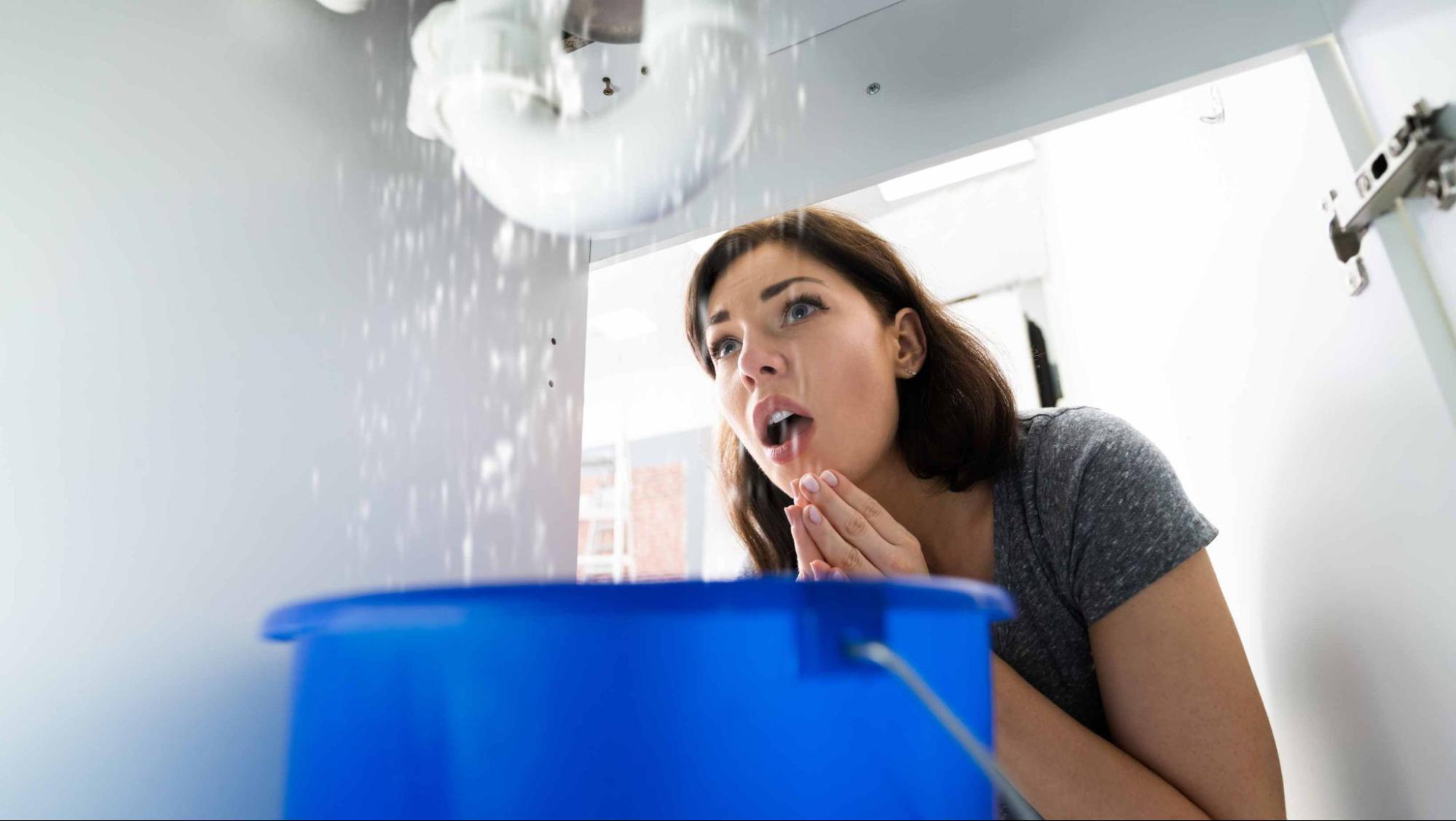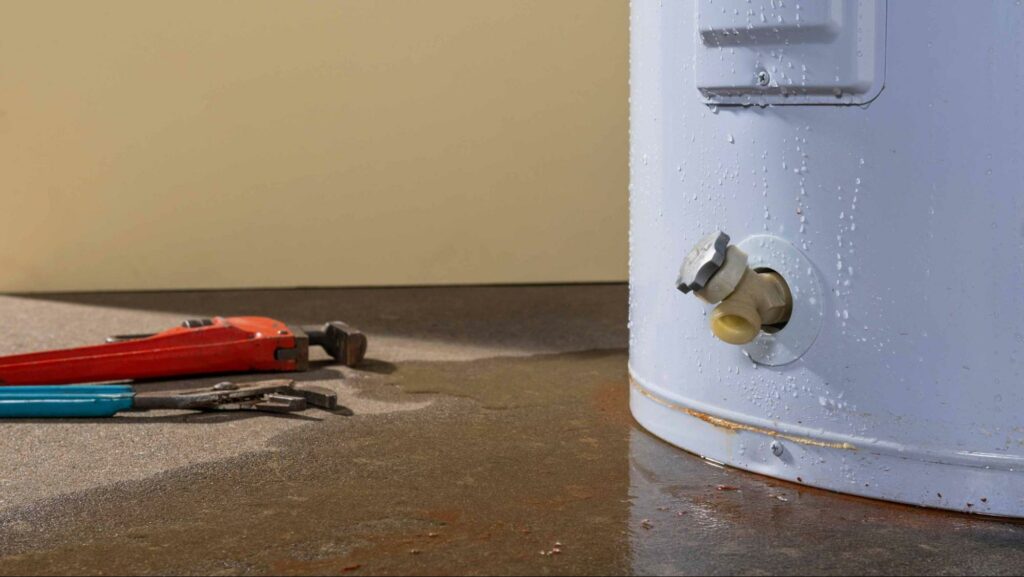When it comes to maintaining the performance of your vehicle, one crucial aspect to consider is the presence of vacuum leaks. A vacuum leak can disrupt the proper functioning of various systems in your car, leading to issues such as rough idle, decreased fuel efficiency, and even engine misfires. In order to ensure optimal performance, it’s important to regularly test for and address any vacuum leaks that may be present.
Regularly testing for vacuum leaks and addressing them promptly can help maintain your vehicle’s efficiency and prevent potential damage down the line. Whether you opt for a smoke test or use a handheld gauge, being proactive about identifying and fixing these issues is key to keeping your car running smoothly.
Remember that cleaning and regular maintenance also play an essential role in preventing vacuum leaks. Keeping your intake system clean from dirt and debris helps minimize potential sources of leakage, ensuring optimal performance for years to come.
Table of Contents
ToggleCommon Symptoms of Vacuum Leaks
When it comes to diagnosing vacuum leaks in your vehicle, it’s important to be aware of the common symptoms that may indicate a problem. Vacuum leaks can cause a range of issues, affecting the performance and efficiency of your engine. Let’s take a closer look at some telltale signs that you might have a vacuum leak:
- Rough Idling: If you notice that your engine is idling roughly or inconsistently, it could be an indication of a vacuum leak. A disruption in the air-to-fuel ratio caused by a leak can lead to an unstable idle speed.
- Hissing or Whistling Noises: Pay attention to any unusual hissing or whistling sounds under the hood while your vehicle is running. These noises often occur when air is escaping through a vacuum leak.
- Decreased Power and Acceleration: A vacuum leak can disrupt the proper functioning of various components in your engine, leading to decreased power and acceleration. If you find that your vehicle feels sluggish or lacks its usual responsiveness, it may be worth investigating for potential leaks.
- Stalling or Misfiring: Another symptom commonly associated with vacuum leaks is stalling or misfiring of the engine. As air enters through unintended gaps, it can cause misfires and result in intermittent stalling of the engine.
If you encounter any of these symptoms, it’s essential to address them promptly to prevent further damage to your engine and maintain optimal performance. Remember that vacuum leaks can occur in different areas, such as intake manifold gaskets, hoses, or even the brake booster. If you’re unsure about diagnosing or fixing a vacuum leak yourself, it’s always advisable to consult with a professional mechanic who can provide expert assistance.
By staying vigilant and recognizing these common symptoms of vacuum leaks, you can take proactive steps towards maintaining the health and efficiency of your vehicle’s engine. Regular cleaning and vacuuming of your vehicle’s intake system can also help minimize the risk of potential leaks and ensure smooth operation for years to come.
Tools Required to Test for Vacuum Leaks
When it comes to testing for vacuum leaks, having the right tools is essential. These tools will help you accurately diagnose and locate any potential leaks in your system. Here are some of the key tools you’ll need:
- Vacuum Gauge: A vacuum gauge is a must-have tool for testing vacuum leaks. It measures the amount of vacuum in your system and can help identify if there’s a leak present.
- Smoke Machine: A smoke machine is another valuable tool that can be used to detect vacuum leaks. By injecting smoke into the intake system, you can easily spot any leaks as the smoke escapes from them.
- Propane Torch or Carburetor Cleaner: In some cases, using a propane torch or carburetor cleaner can be helpful in pinpointing the source of a leak. When sprayed around suspected areas, such as gaskets or hoses, an increase in engine RPM indicates a potential leak.
- Spray Bottle with Soapy Water: This simple tool can be effective in identifying small vacuum leaks. By spraying soapy water on connections and hoses while the engine is running, you can observe if any bubbles form – indicating air leakage.
Remember that safety should always be a priority when working on your vehicle’s engine or intake system. Make sure to follow proper guidelines and procedures outlined by manufacturers and take necessary precautions such as wearing protective gear.

How to Test for Vacuum Leaks
In this section, I’ll walk you through a step-by-step guide on how to test for vacuum leaks in your system. Detecting and fixing vacuum leaks is crucial for ensuring optimal performance and efficiency of your equipment. Let’s get started:
- Inspect the vacuum hoses: Begin by visually examining all the vacuum hoses connected to your device. Look for any cracks, splits, or loose connections that may indicate a leak. Replace or repair any damaged hoses as necessary.
- Check the intake manifold gasket: The intake manifold gasket is a common culprit for vacuum leaks. Inspect it carefully for signs of wear, such as cracks or breaks. If you notice any issues, replace the gasket promptly.
- Perform a smoke test: This method helps identify hard-to-find leaks by introducing smoke into the system and observing where it escapes. You can use specialized smoke machines designed for this purpose or DIY methods like using an incense stick near potential leak points.
- Use soapy water: Another simple yet effective way to detect leaks is by applying a mixture of soapy water along suspected areas while the engine is running. If there’s a leak, you’ll notice bubbles forming where air is escaping.
- Listen for hissing sounds: Sometimes, you can hear an audible hissing sound near the leak point when air is escaping under pressure. Use an automotive stethoscope or simply listen closely around hose connections and intake manifold areas.
- Utilize a handheld vacuum gauge: Connect a handheld vacuum gauge to different parts of your system and observe if there are fluctuations in readings that could indicate a leak.
Remember, thorough cleaning and regular maintenance play an essential role in preventing future vacuum leaks from occurring in the first place:
- Clean out dirt and debris: Regularly clean your equipment to prevent dirt and debris from clogging vacuum lines and causing leaks.
- Vacuum regularly: Regular cleaning and vacuuming of the surrounding area will minimize the chances of debris entering your system.
By following these steps and practicing proper cleaning and maintenance, you’ll be able to keep your equipment running smoothly without the hassle of vacuum leaks. Happy testing!

